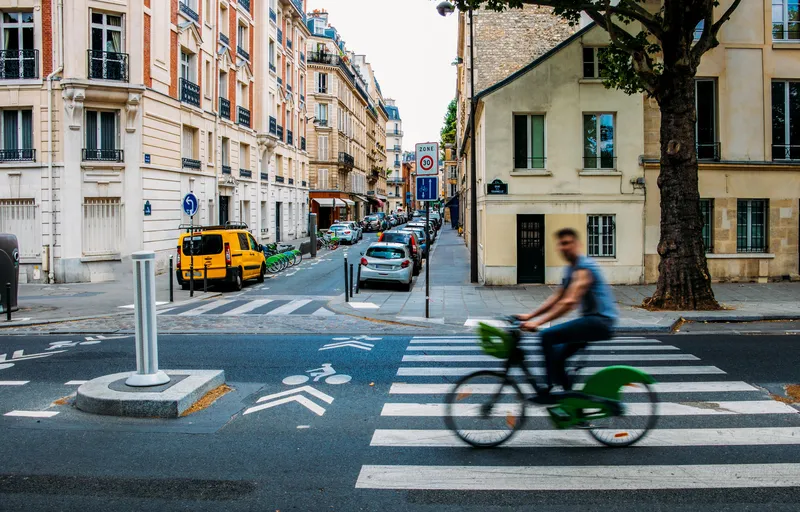A German man has combined components from a bicycle with those from a Trabant car to create a rickshaw celebrating the UK's recent royal wedding. the man has been called el Diablo for his choice of costume, wearing a red cape while cycling.
March 1, 2012
Read time: 1 min

A German man has combined components from a bicycle with those from a Trabant car to create a rickshaw celebrating the UK's recent royal wedding. The man has been called El Diablo for his choice of costume, wearing a red cape while cycling. He has made several novel cycle-powered vehicles to mark major occasions and has a museum in his home near berlin containing 120 of his creations, which include the world's tallest and longest bicycles.








